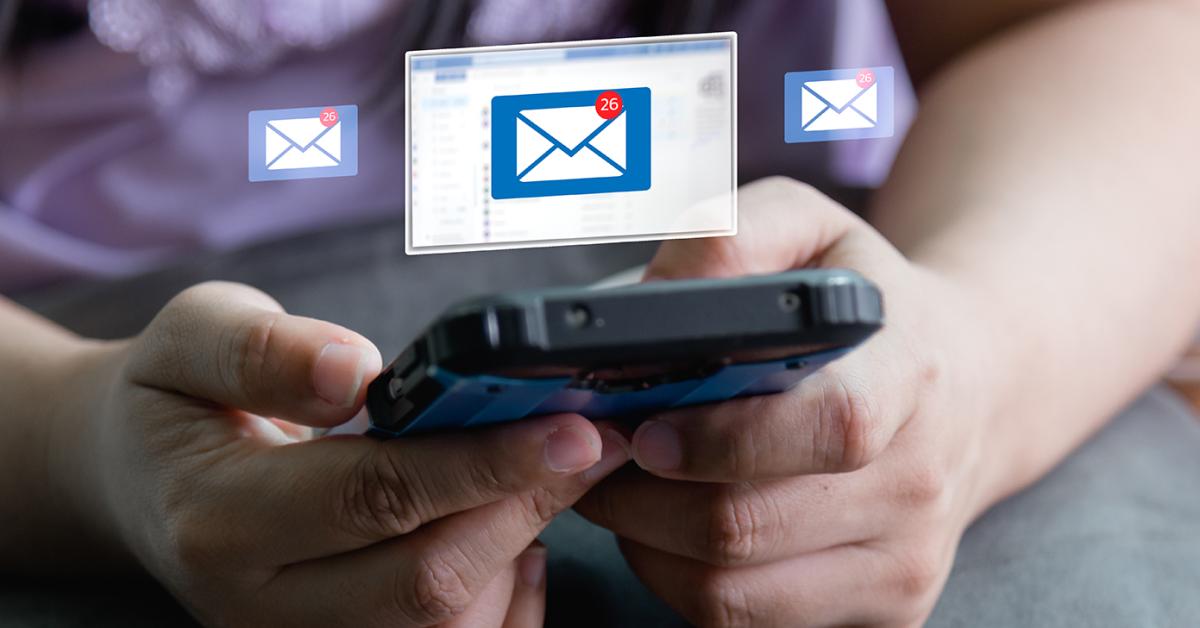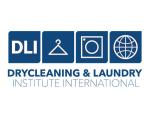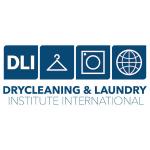CAVE CREEK, Ariz. — To reach their intended consumers when marketing, dry cleaners not only have to outdo their direct competition but rise above the noise from all other industries vying for consumer attention.
Finding the right methods to get their message to their target audience is vital, and the answer may be simpler than many business owners think.
In a recent webinar, “Digital Marketing Strategies to Boost Your Business Growth,” hosted by the Service Corps of Retired Executives (SCORE), digital marketing expert Ron Cates shared valuable insights on how to leverage these tools to maximize business potential.
Finding the Right Channel
Cates, president of the SCORE Foundation and former director of digital marketing education at the email marketing service Constant Contact, brings decades of experience to the table. He believes there are unique challenges faced by independent business owners, including those in the drycleaning industry.
“The challenge today is that people communicate in many different ways,” Cates says. “From Facebook and LinkedIn to traditional print, there are numerous channels to consider. If you’re not going to utilize these different methods, you have to ask yourself: What segment of your audience are you willing to ignore?”
The Original Social Media
For Cates, email marketing remains the cornerstone of any effective digital strategy. As the original form of social media, he’s found that email continues to deliver impressive results. Studies show that 95% of internet users between 18 and 64 check their email multiple times daily, he says, with the average being eight times per day.
What’s particularly noteworthy for drycleaning businesses with older clientele is that seniors represent the fastest-growing demographic for email adoption.
“The sole reason many seniors got a computer or tablet is to communicate with friends and family through email,” Cates says.
The financial impact of using email for marketing purposes is equally compelling. Cates points to studies that found email marketing yields an average return of $43 for every dollar spent — the highest ROI of any marketing form. When amplified through social media, he says, this return can climb even higher.
Cates emphasized the word “average” in the previous statement.
“If the average email gets this ridiculous return on investment,” he asks, “what happens if you do email marketing really well? The return becomes phenomenal.”
Rules of the Game
For drycleaning businesses looking to improve their email marketing, Cates highlighted several best practices:
Never rely entirely on images to convey your message — Some email clients don’t automatically display images, potentially rendering your communication meaningless.
“If you do have images in your email, and you should, because there’s way more engagement with images, at least put some text behind it,” Cates says. “Every email marketing service allows you to do this easily.”
He adds that most email marketing services will create a webpage version of the email. “So, it doesn’t matter what email client they have,” he says. “They can still see the email exactly the way that you created it.
Pay careful attention to the “from” line — Since 60% of recipients decide whether to open an email based on this element alone, both the “from” name and email address should clearly identify your business.
“I strongly recommend you get your own .com — yourbusiness.com,” Cates says. “If the .coms are all taken, the second most popular one is .net. But now there are more than 100 top-level domains — .com, .net, .org, .info and so on.”
He also says that using a personal name in an email — [email protected], for example — will gather more opens than using a generic address like “[email protected]” and can help avoid spam filters. “Even if they don’t know who that person is, they’re more likely to open it if it comes from a real person,” he says.
Craft effective subject lines — Cates notes that the ideal length is about 40 characters, including spaces, with a clear call to action.
“You want to be really careful that if it gets shortened, it doesn’t become something dumb,” he says. “(A clothing store) once sent me an email that said, ‘Winter Fashions You Can’t Afford to Miss.’ And in my email client, that became, ‘Winter Fashions You Can’t Afford,’ which certainly isn’t the message they intended.
How Much? How Often?
When it comes to frequency, Cates recommends businesses tailor their approach based on customer relationships. For regular customers, weekly emails with promotional content can be effective, while prospects should receive less frequent communications with more educational content.
For drycleaning businesses, this might mean segmenting their lists to send different content to regular customers versus those who’ve used its services only occasionally. Regular customers might appreciate weekly specials, while occasional customers could benefit from educational content about fabric care or seasonal wardrobe maintenance.
“If I’m a regular customer, I don’t mind getting promotional emails,” Cates says. “But if I just came into your store once three months ago, and you start sending me promotional content every week, I’m going to consider you a spammer.”
Come back Tuesday for Part 2 of this series, where we’ll explore how to grow your email list, create engaging content and integrate email marketing with social media for maximum impact.
Have a question or comment? E-mail our editor Dave Davis at [email protected].






















































































